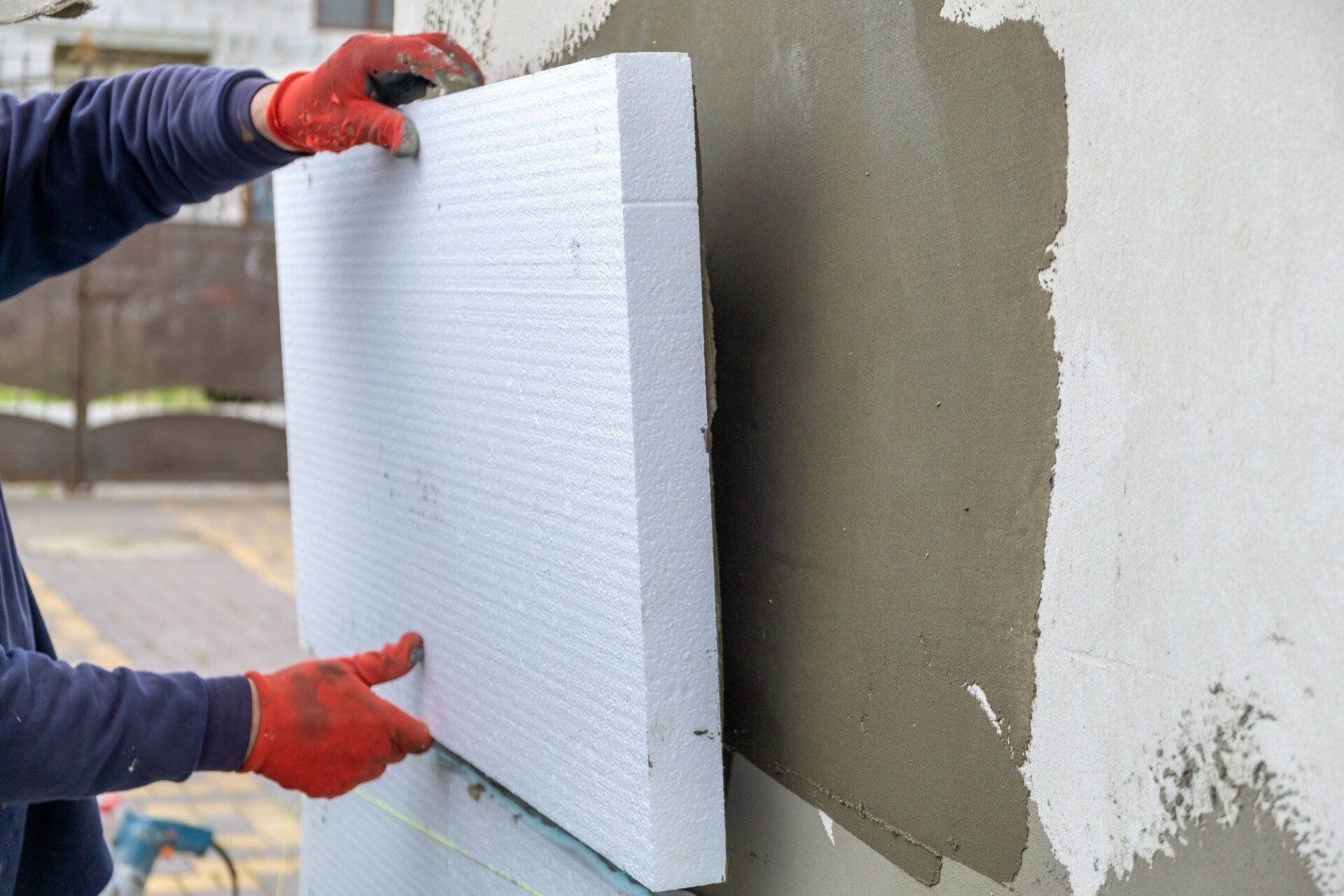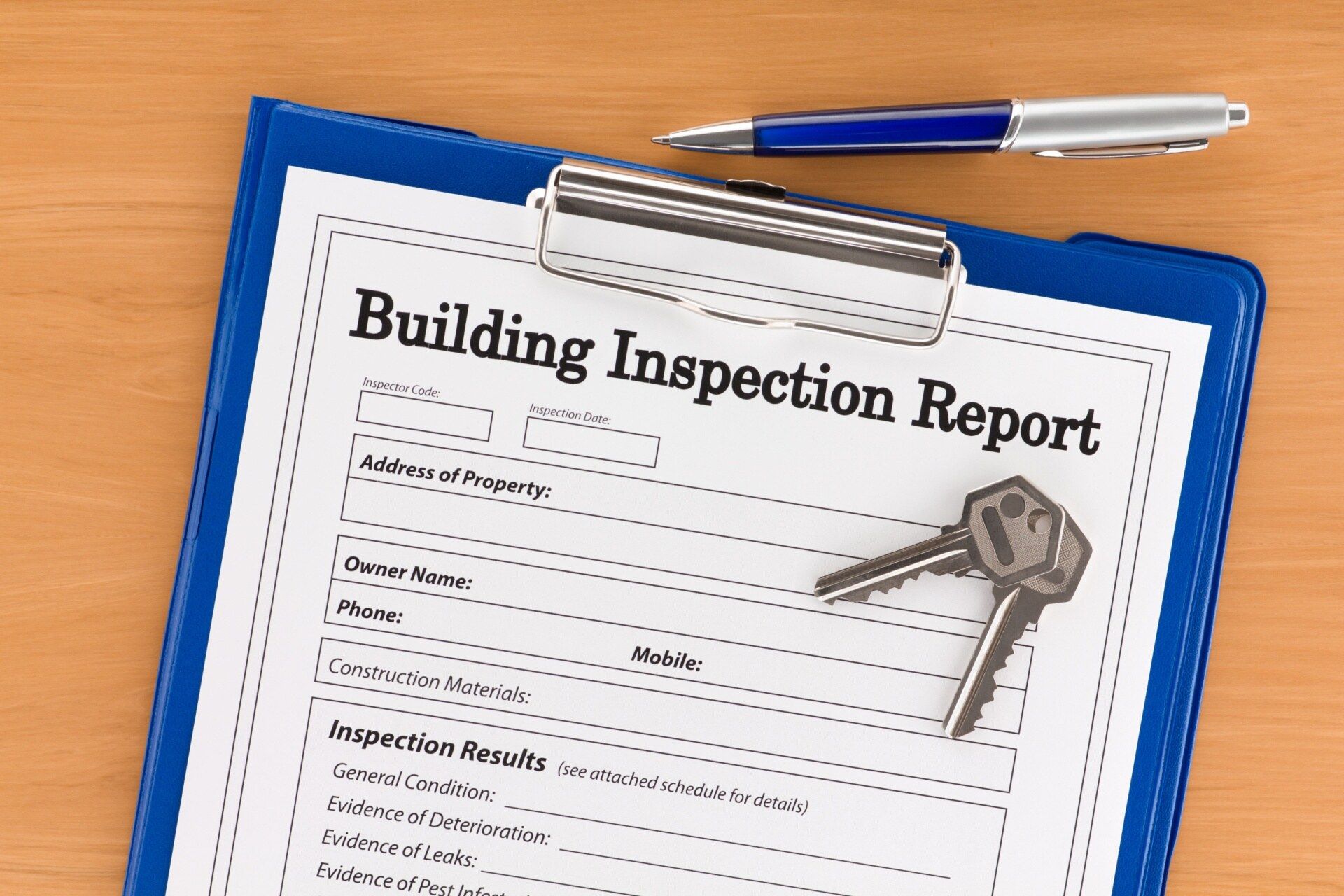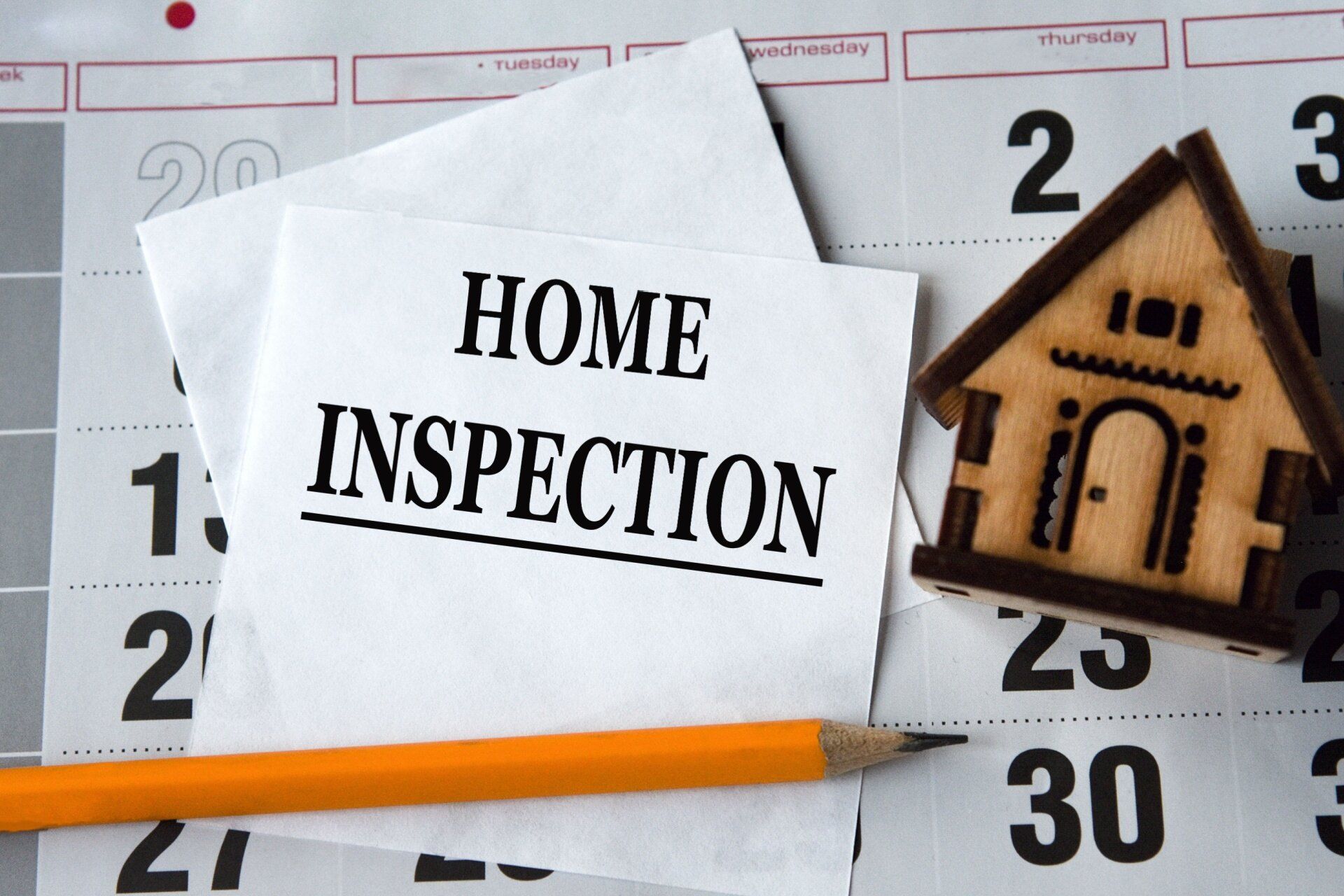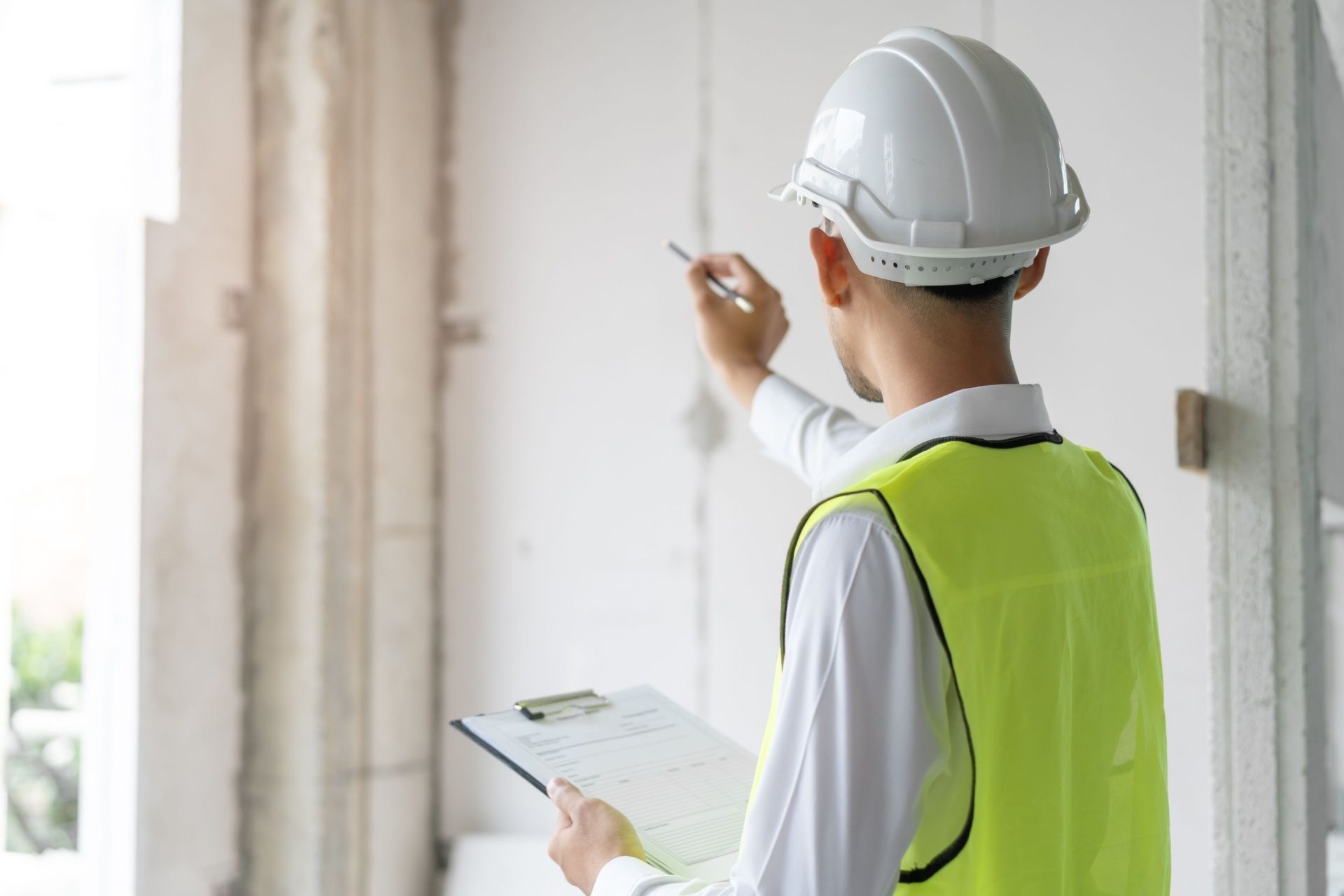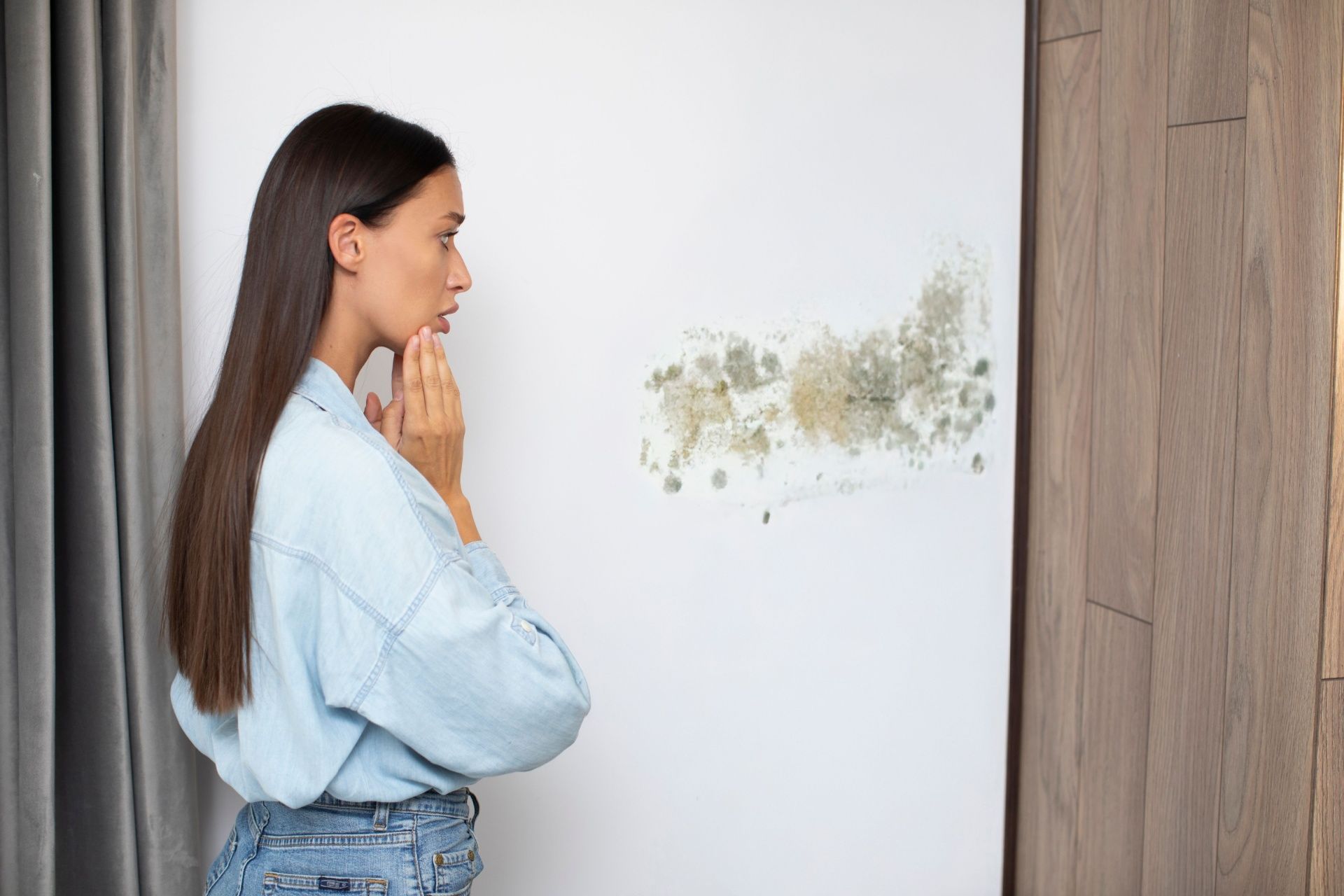How Thermographic Inspections Work: A Simple Guide
Have you ever wondered how professionals can find problems inside your walls, ceilings, or electrical systems without tearing anything apart? The answer is simple: thermographic inspections. This powerful method helps find hidden issues by detecting temperature changes in your home or building. In this guide, we’ll explain how thermographic inspections work, what tools are used, and why they matter to you.
What Is a Thermographic Inspection?
A thermographic inspection (also called an infrared inspection) uses special cameras to measure surface temperatures in a building. These cameras create images called thermograms, which show hot and cold spots. These spots can reveal problems like air leaks, missing insulation, moisture behind walls, or overheating electrical parts.
Thermographic inspections are often used in homes, commercial buildings, and even in industrial settings. They are fast, non-invasive, and very effective at spotting hidden issues before they turn into bigger, more expensive problems.
What Tools Are Used in a Thermographic Inspection?
The main tool used in a thermographic inspection is an infrared camera. This camera doesn’t take regular pictures. Instead, it sees heat. Everything gives off some heat, even things that feel cold. The infrared camera picks up on that heat and shows it in a colorful image.
Here’s how it works:
- Warmer areas might appear yellow, orange, or red.
- Cooler areas might look blue, purple, or green.
The inspector studies these images to spot unusual patterns. For example, if part of a wall is colder than the rest, it could mean there’s a draft or missing insulation. If part of an electrical panel is hotter than usual, it might mean the wiring is overloaded.
When Is a Thermographic Inspection Used?
Thermographic inspections are useful in many situations, including:
- Home energy audits – to check for heat loss and improve energy efficiency.
- Home inspections before buying a house – to spot hidden issues.
- After water damage or leaks – to find trapped moisture behind walls.
- Before insulation upgrades – to find areas that need more insulation.
- Checking HVAC systems – to find air duct leaks or poor performance.
- Electrical safety checks – to detect overheating wires or components.
They are especially helpful because they can find problems early, saving homeowners money and keeping buildings safer.
How Is a Thermographic Inspection Done?
Let’s break down the steps of a typical infrared inspection:
1. Preparation
Before the inspection, the home or building should be set up for accurate readings. If the inspection is checking for insulation or air leaks, the temperature difference between inside and outside should be at least 20 degrees Fahrenheit. That way, the camera can clearly show warm or cool areas.
Sometimes a blower door test is used. This tool helps pull air out of the home and lowers the pressure inside. It makes air leaks more noticeable during the inspection.
2. Infrared Camera Inspection
The inspector uses an infrared camera to scan areas such as:
- Walls
- Ceilings
- Floors
- Windows and doors
- Electrical panels
- Plumbing systems
They move slowly through the space, taking images of different surfaces. These images show the surface temperatures and highlight any unusual spots.
3. Interpreting Results
The inspector studies the thermographic images to identify potential problems. They look for temperature differences that don’t make sense. For example:
- Cold spots on a wall in winter could mean poor insulation or air leaks.
- Hot spots on a ceiling near an attic could suggest missing insulation.
- Warm areas around light switches or outlets might show electrical problems.
- Cold areas in a bathroom wall might indicate moisture behind it.
The inspector may take regular photos alongside the infrared ones to help you compare the findings.
4. Reporting
After the inspection, you’ll receive a report. This report includes:
- Infrared images
- Notes on problem areas
- Suggestions for repair or further inspection
The report is easy to understand and often includes tips for fixing the problems found.
Benefits of a Thermographic Inspection
Thermographic inspections offer many benefits, such as:
Non-invasive testing
The inspection is done without drilling holes, removing drywall, or damaging your home.
Early detection of problems
You can catch issues before they become costly repairs.
Energy savings
Finding and fixing insulation problems and air leaks can lower your energy bills.
Moisture detection
Infrared inspections can reveal hidden moisture, which helps prevent mold and water damage.
Electrical safety
Overheating wires and circuits can be spotted early, reducing fire risks.
What Can’t a Thermographic Inspection Do?
Even though infrared camera inspections are powerful, they do have some limits. For example:
- They can’t see through walls or materials; they only show surface temperature differences.
- They can’t always tell what is causing the problem—just that there is a temperature change.
- The accuracy depends on temperature conditions during the inspection.
This is why it’s important to have a trained professional do the inspection. They know how to read the images correctly and recommend the right next steps.
Thermographic Inspections for Home Buyers
If you’re buying a home, getting a thermographic inspection as part of the home inspection can be a smart move. It can show:
- If the home is well-insulated
- If there are signs of hidden water damage
- If the electrical systems are running safely
- If heating and cooling systems are working properly
It gives you peace of mind and helps you make informed decisions before buying.
Why Choose Protec for Your Infrared Inspection?
At Protec Inspections, we offer professional infrared camera inspections to help you uncover what the eye can’t see. Our trained inspectors use top-of-the-line infrared cameras and know how to spot real problems—not just temperature changes that might look unusual.
We take the time to explain your report, so you understand what’s happening inside your walls, ceilings, and systems. Whether you’re buying a home, doing a routine check, or dealing with damage, a thermographic inspection can save you time, stress, and money.
Final Thoughts
Thermographic inspections are a safe and smart way to find hidden problems in homes and buildings. Using special infrared cameras, trained inspectors can detect hot and cold spots that signal issues like air leaks, moisture, poor insulation, or electrical risks. They help homeowners and buyers understand what’s really going on—without damaging anything.
Whether you’re concerned about energy loss, safety, or damage you can’t see, a thermographic inspection is a valuable tool for keeping your property in top shape.
Book your professional thermographic inspection with
Protec today and get peace of mind you can feel!
Disclaimer: The information on this website and blog is for general informational purposes only and is not professional advice. We make no guarantees of accuracy or completeness. We disclaim all liability for errors, omissions, or reliance on this content. Always consult a qualified professional for specific guidance.
